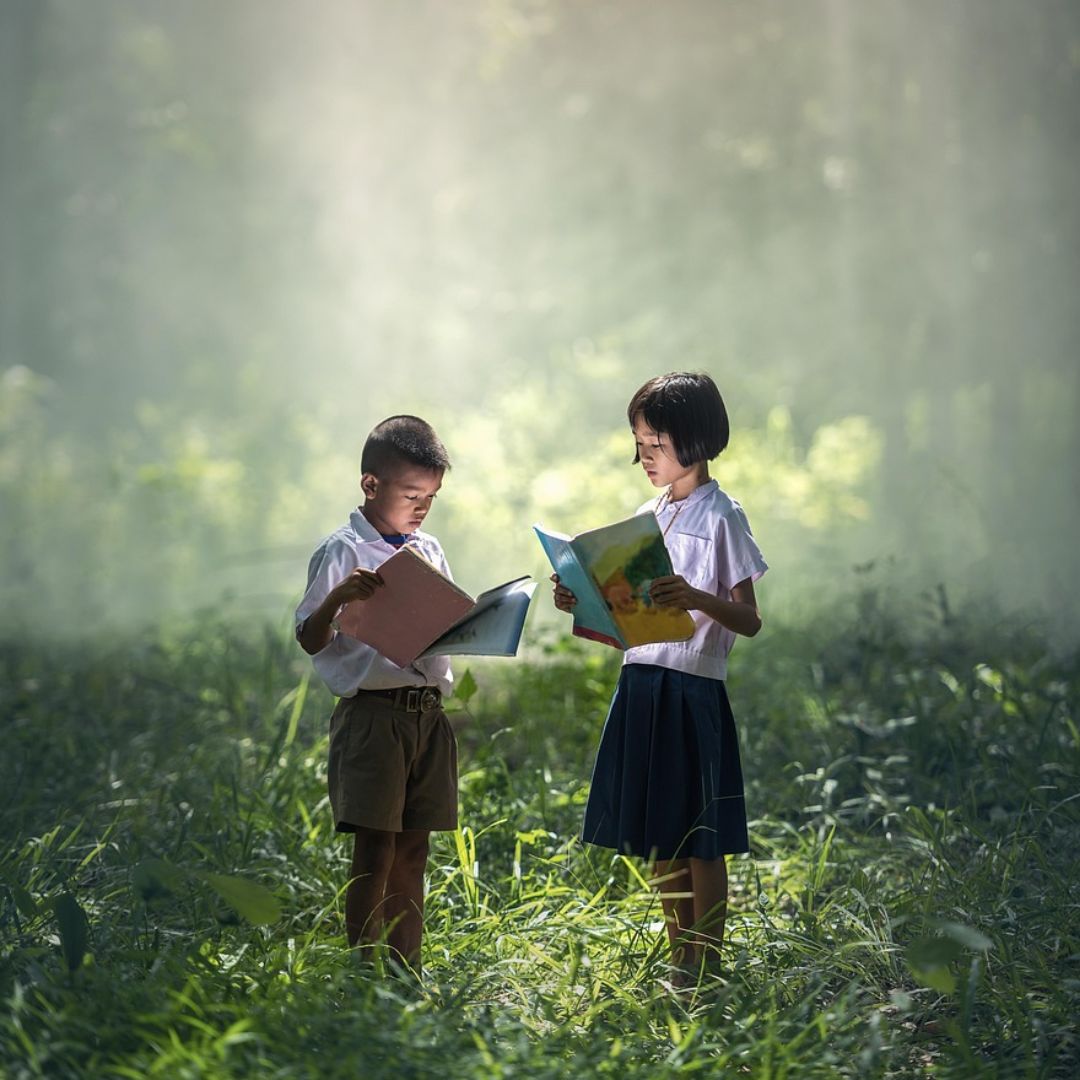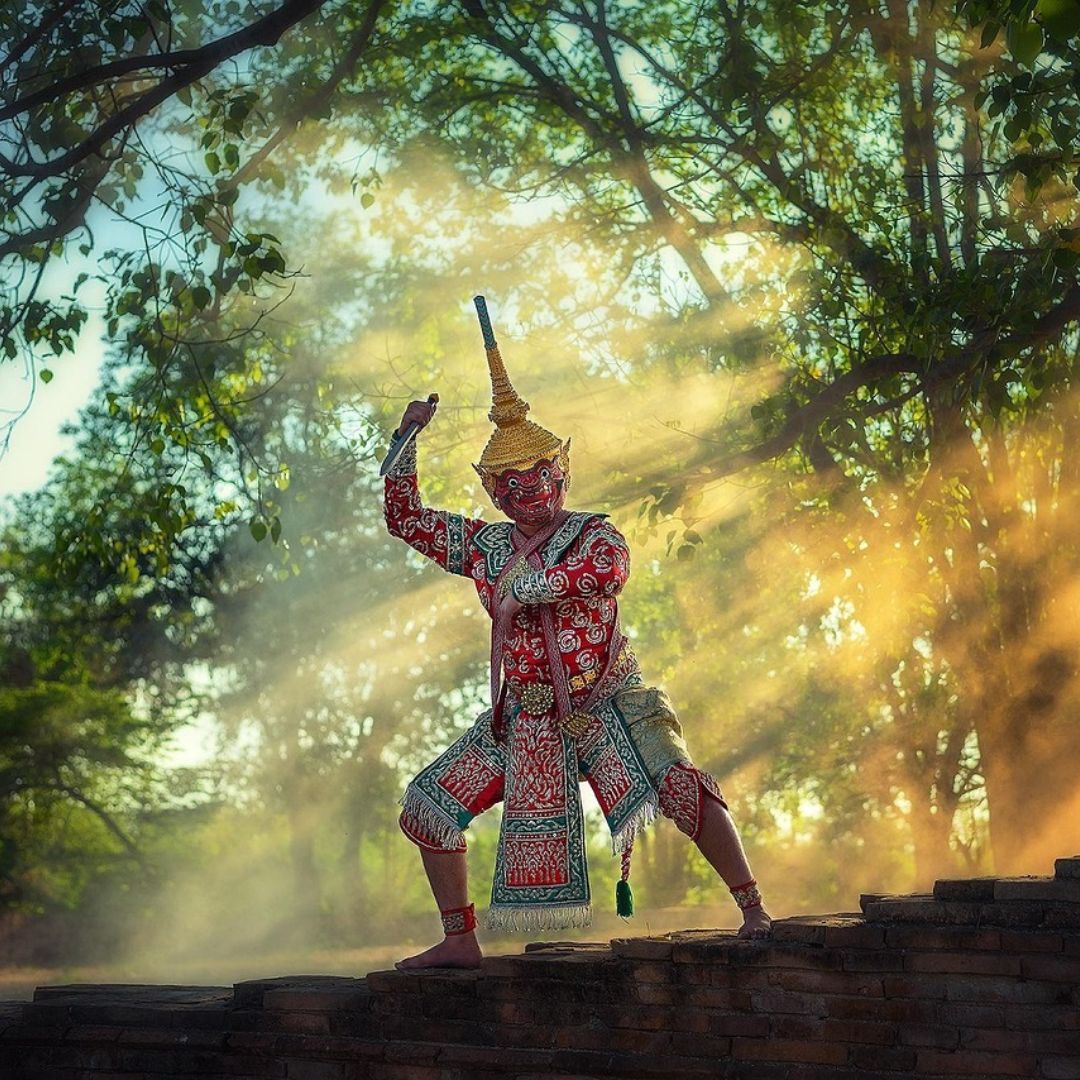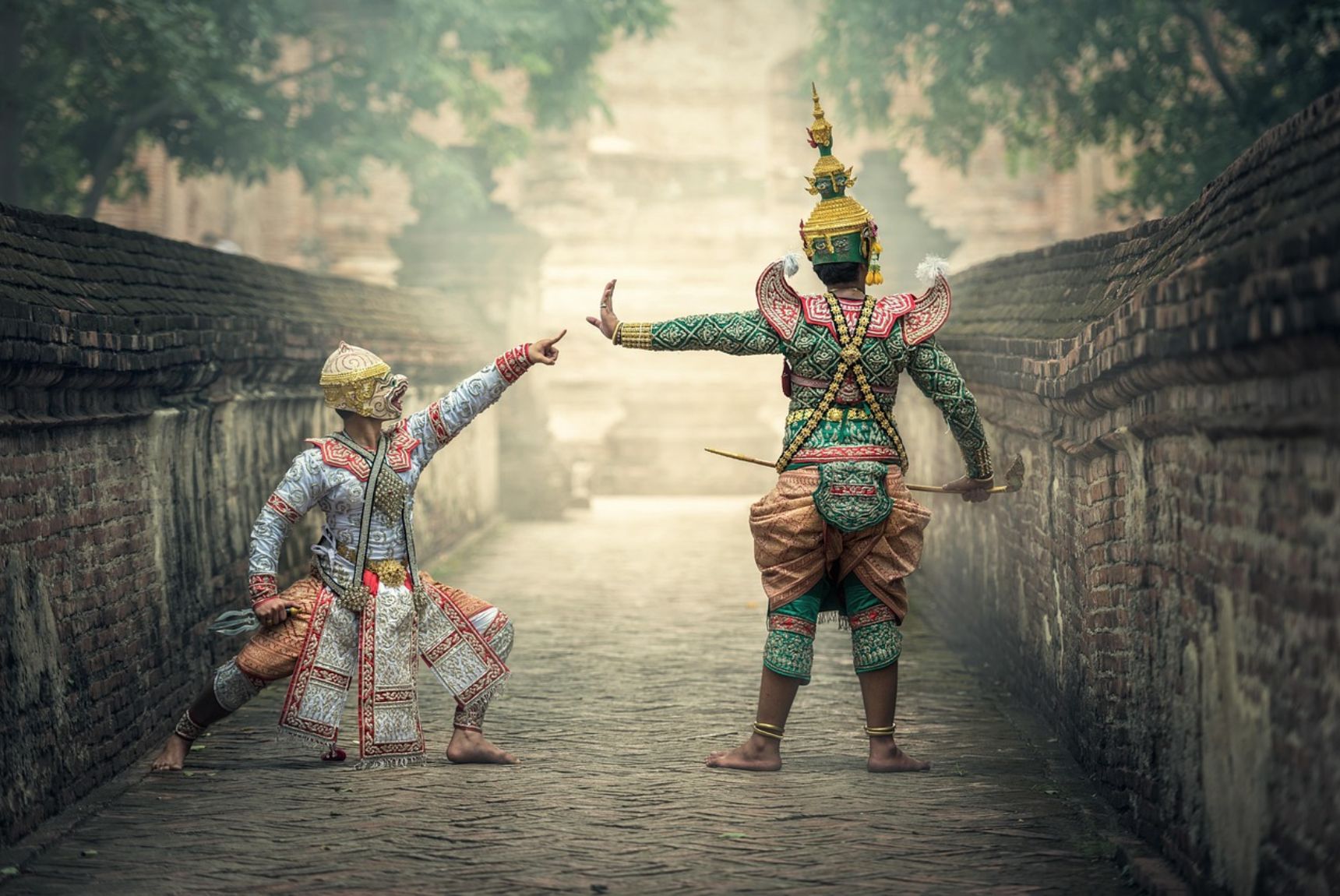Bangkok’s contemporary art scene is alive with bold voices and boundary-pushing creativity. Among the most compelling developments in recent years is the rise of mixed media art as a tool for exploring personal and cultural identity. In the hands of Bangkok-based artists, mixed media becomes more than a combination of materials—it becomes a mirror reflecting complex histories, diasporic narratives, gender politics, and emotional memory.
Reclaiming Narratives Through Layers
Mixed media allows artists to combine paint, textiles, photography, found objects, sound, and even digital media—offering limitless possibilities to express multifaceted identities. For many Bangkok artists, particularly those from marginalized or hybrid cultural backgrounds, this freedom is vital in representing their layered experiences.
For example, some Thai artists are incorporating traditional materials like silk or monk robes into their work alongside digital projections or urban detritus. This juxtaposition bridges the past with the present, rural tradition with urban chaos—echoing the dual identities many feel as they navigate globalization.

Gender and Identity Politics
Bangkok’s LGBTQ+ artists are also turning to mixed media to challenge societal norms and express fluid identities. With the city being a known hub for queer culture in Southeast Asia, mixed media art offers an avenue to visualize identities that defy binary definitions.
Through sculpture, video, and textiles, artists are tackling themes like gender performance, body image, and queer resilience. Installations might include drag costumes embedded with historical Thai motifs or multimedia portraits that blend real and imagined selves.
Memory and Personal History
For others, mixed media becomes a deeply personal diary. Bangkok-based artists often draw from family photographs, letters, and inherited objects—combining them with paint or sculpture to create works of art that speak to memory, migration, and transformation.
The layering process itself becomes symbolic: applying, tearing, burning, and building reflect emotional processes like grief, identity formation, and healing. These works are especially resonant in a city like Bangkok, where old and new coexist in constant flux.
The Influence of Urban and Street Culture
Bangkok’s bustling street art and zine culture also influence mixed media practices. Many young artists draw from graffiti, advertising, pop culture, and protest art, integrating these elements into their studio work. This blend captures the city’s contradictions—its tension between chaos and calm, tradition and rebellion.
As a result, mixed media becomes a political act. Artists express resistance to censorship, critique commercialization, or question national identity—all while fusing aesthetics from both global and hyper-local sources.

A Platform for Emerging Voices
Thanks to independent galleries, artist-run spaces, and online platforms, more emerging Bangkok artists are gaining visibility. These spaces celebrate experimental forms and encourage personal storytelling through mixed media, giving voice to artists whose stories might otherwise go unheard.
As Bangkok’s art scene grows, it’s clear that mixed media is not just a technique—it’s a language for artists to claim space, question identity, and connect with audiences on a visceral level.

